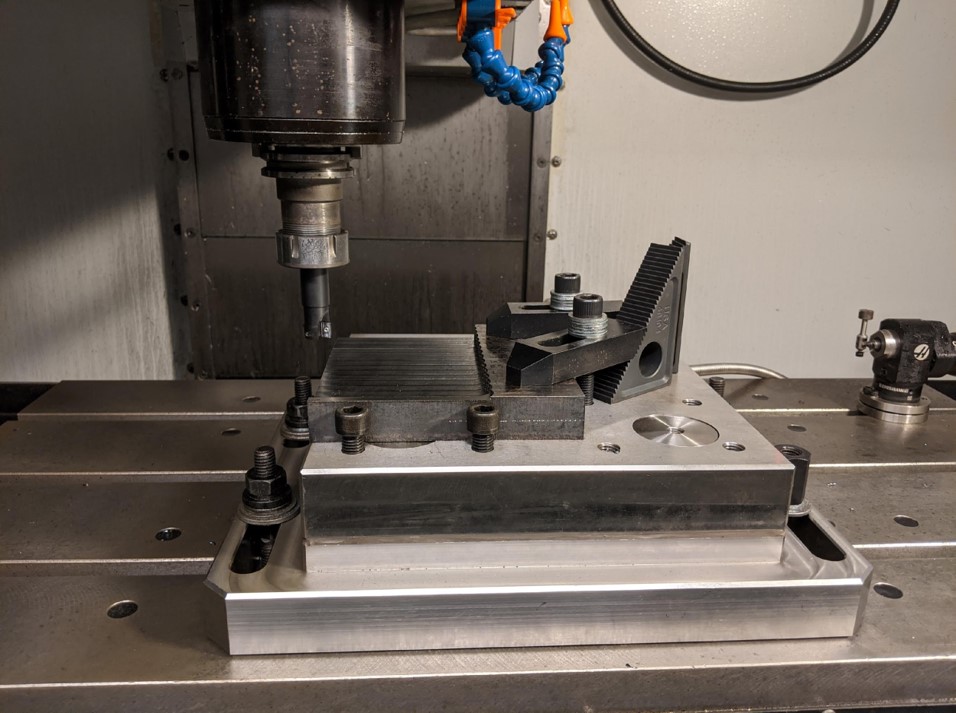Additive Manufacturing
Metal Additive Manufacturing (AM) has seen significant progress in recent years and has become increasingly popular; however, data base of knowledge for mechanical behavior of AM metals is not as extensive as that of wrought metals. Our lab is developing various methods of predicting the behavior of additively manufactured materials including metals without the need for extensive testing. We are looking to improve our understanding of mechanical properties of additively manufactured materials and expand the capabilities of predicting their behavior under different loading conditions.







